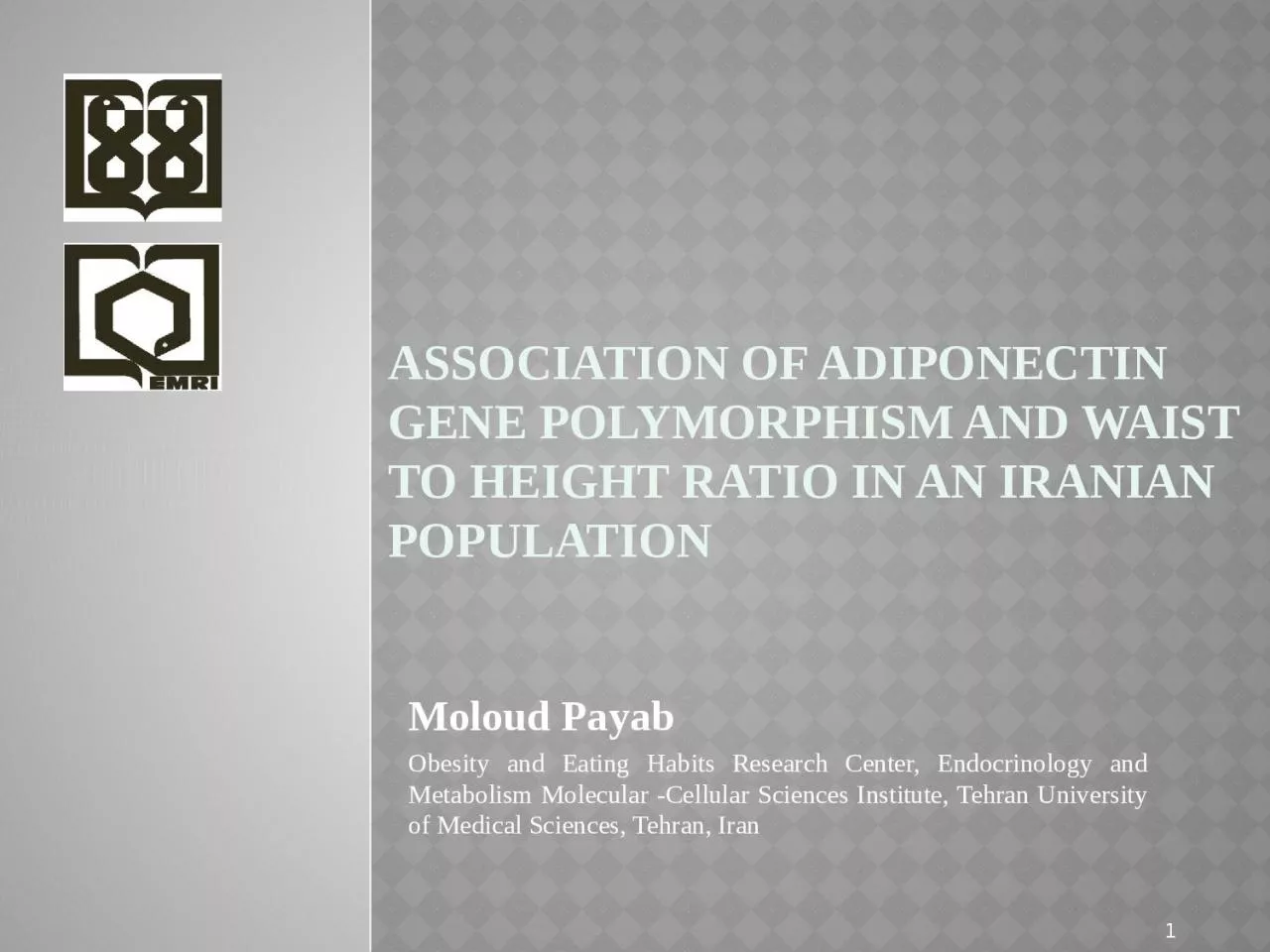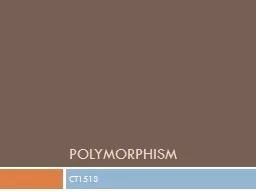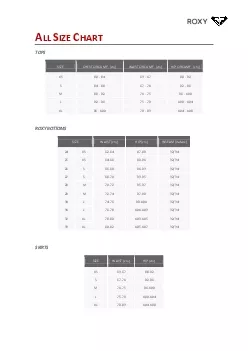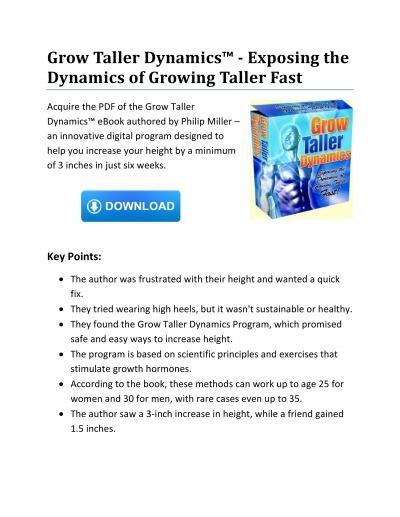PPT-Association of adiponectin gene polymorphism and waist to height ratio in an Iranian population
Author : LetsGetDrunk | Published Date : 2022-08-01
Moloud Payab Obesity and Eating Habits Research Center Endocrinology and Metabolism Molecular Cellular Sciences Institute Tehran University of Medical Sciences Tehran
Presentation Embed Code
Download Presentation
Download Presentation The PPT/PDF document "Association of adiponectin gene polymorp..." is the property of its rightful owner. Permission is granted to download and print the materials on this website for personal, non-commercial use only, and to display it on your personal computer provided you do not modify the materials and that you retain all copyright notices contained in the materials. By downloading content from our website, you accept the terms of this agreement.
Association of adiponectin gene polymorphism and waist to height ratio in an Iranian population: Transcript
Download Rules Of Document
"Association of adiponectin gene polymorphism and waist to height ratio in an Iranian population"The content belongs to its owner. You may download and print it for personal use, without modification, and keep all copyright notices. By downloading, you agree to these terms.
Related Documents














